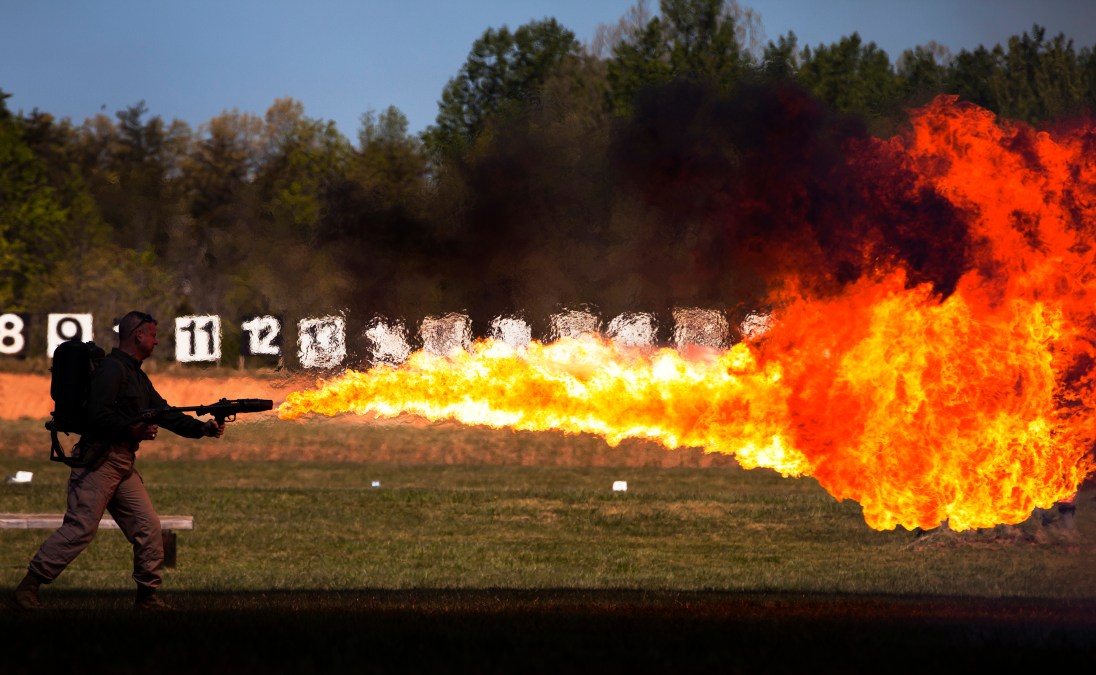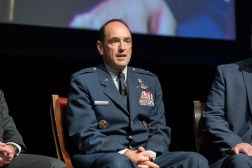Air Force’s Operation Flamethrower aims to torch outdated IT policy

The Air Force‘s effort to burn down old IT policies that are holding back network modernization has a name befitting the type of change it seeks to spark: Operation Flamethrower.
The program has existed for several months to modernize IT policy, and now it’s keying in on nixing any policies that stand in the way of the Air Force’s move to an enterprise IT-as-a-service model.
In doing this, the Air Force faces challenges of budgetary stress — operating multiple networks boosts the IT price tag during a transition — and the complexity of gutting the decades-old policies designed around outdated technology, Brig. Gen. Chad Raduege said Thursday at a virtual AFCEA St. Louis meeting.
“Operation Flamethrower is all about creating offsets,” Raduege said. These “offsets” the program is looking to create are policy changes that would reduce the bloat of network operations with automation and secure endpoint weaknesses.
Central to that is the “shrinking of the AFnet,” the Air Force’s enterprise network, he said.
“This is a challenge that we are going through right now,” Raduege said of shrinking the legacy network and reducing the cyberattack surface.
The Air Force has been in a multi-year network transformation journey where it is championing enterprise IT-as-a-service to replace outdated legacy systems that are less secure and limit connectivity. Operation Flamethrower is also looking to reduce the redundancies created in the transition, burning out old systems that are no longer needed as new services come online.
“We are trying to figure out how to get from the legacy network where we are today into the future,” Raduege said.
The project has backing from senior leaders in the Air Force, Raduege said. It also has the support of the Cyberspace Capabilities Center at Scott Air Force Base.






